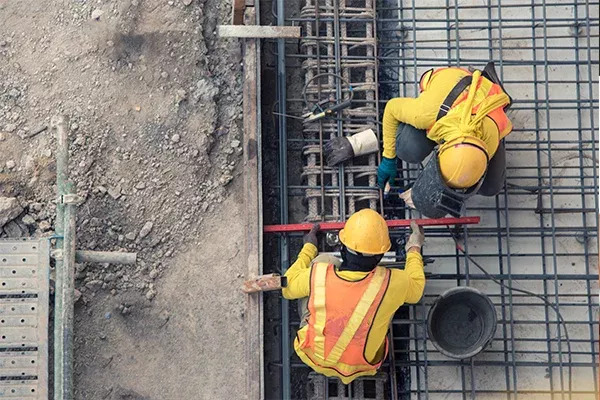
In the sphere of architecture and construction, innovation is the driving force for development. Through the ages, the search for new materials that are more eco-friendly and efficient has led to the emergence of cutting-edge technologies. Modern materials for construction are the current peak of the ongoing development.
The Revolutionary Materials In The Modern Building
The use of innovative materials is not a novelty. Nevertheless, the materials of the modern time provide unmatched advantages. Let's focus on some of the most prominent ones.
The Cross-Laminated Timber (CLT) has challenged the stereotypes of wooden construction. It is sturdy and versatile. CLT also can be proud of its low carbon footprint which is less than that of traditional materials. It promotes sustainable building practices.
Fibre-reinforced polymers (FRPs) can be considered as the next-generation material. They are mainly employed to reinforce existing structures. FRP is not only light but also very strong. Moreover, it is corrosion-proof, which makes it last longer.
Structural Insulated Panels (SIPs) are a way of increasing the efficiency of energy. They are made up of a thermal insulating foam core sandwiched between two structural facings. SIPs are used for walls, roofs and floors. They cut down energy consumption.
The so-called Engineered Cementitious Composites (ECC) or flexible concrete are also known as bendable concrete. They are created to be more flexible than conventional concrete. This elasticity offers the flexibility to withstand high stress. It does not allow the cracks to happen.
Recycled Steel is a worldwide movement in green construction. It is the one which gives the required strength to the new steel. Also, it is made by consuming less energy.
Bamboo is an ancient material that can be used for modern needs. It has a high strength, low weight, and it grows fast. Bamboo is used in flooring, is a panelling material and is a structural component.
Sustainable Concrete is the one that is made by using recycled materials. It shrinks the environmental footprint that is associated with the use of the traditional concrete. This is a combination of slag, fly ash, or recycled glass.
The Effect Of Modern Building Materials On Sustainability
Sustainability is the most fundamental element of modern construction materials. The inclusion of these materials will be a number of ways to solve environmental problems.
Initially, the use of eco-friendly concrete helps reduce the CO2 emission. It collects the wastes that would have gone to the landfills. It does this by decreasing the necessity of employing virgin raw materials.
Moreover, bamboo as a material provides a way of utilising renewable resources. They are rapidly growing and absorb more carbon dioxide than other tree species. It is a source of reduction of greenhouse gas emissions.
Nevertheless, the present-day materials for construction, such as recycled steel, are characterised by a two-fold benefit. They reduce waste and curtail the energy spent during production.
Consequently, the environmental footprint of the construction industry is reduced.
However, the movement towards CLT and SIPs, which are energy efficiency oriented, is a positive step in the right direction. The buildings are made more energy efficient through insulation and thus they require less energy for heating and cooling. It is a tool for long-term sustainability.
Conclusion
Finally, the development of modern construction materials indicates a shift toward environmentally friendly, resilient, and sustainable construction methods.
From lumber and polymers to steel and concrete, these imaginative materials make ready for a greener and stronger future in development. In building design and construction, we can anticipate additional innovations that place sustainability and longevity first.